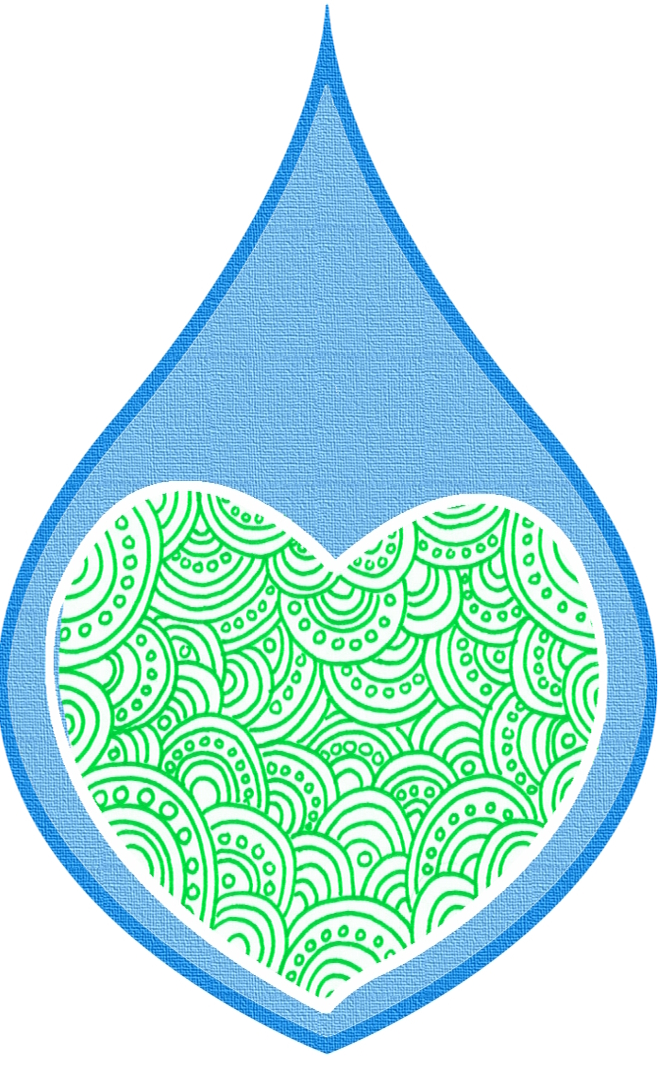Are Nanoparticles the Water Detox Solution We’ve Been Looking For?
Do you ever drive by a gas station that’s fenced off and there are workers digging a huge hole in the ground? That’s because tanks that hold the gas have leaked and contaminated the ground under the station. Around the world there are thousands of sites where toxic chemicals have been spilt accidentally or dumped in the past and left. Up until the 1970s it was widely believed that the soil would act like a natural filter and clean thecontinue reading
